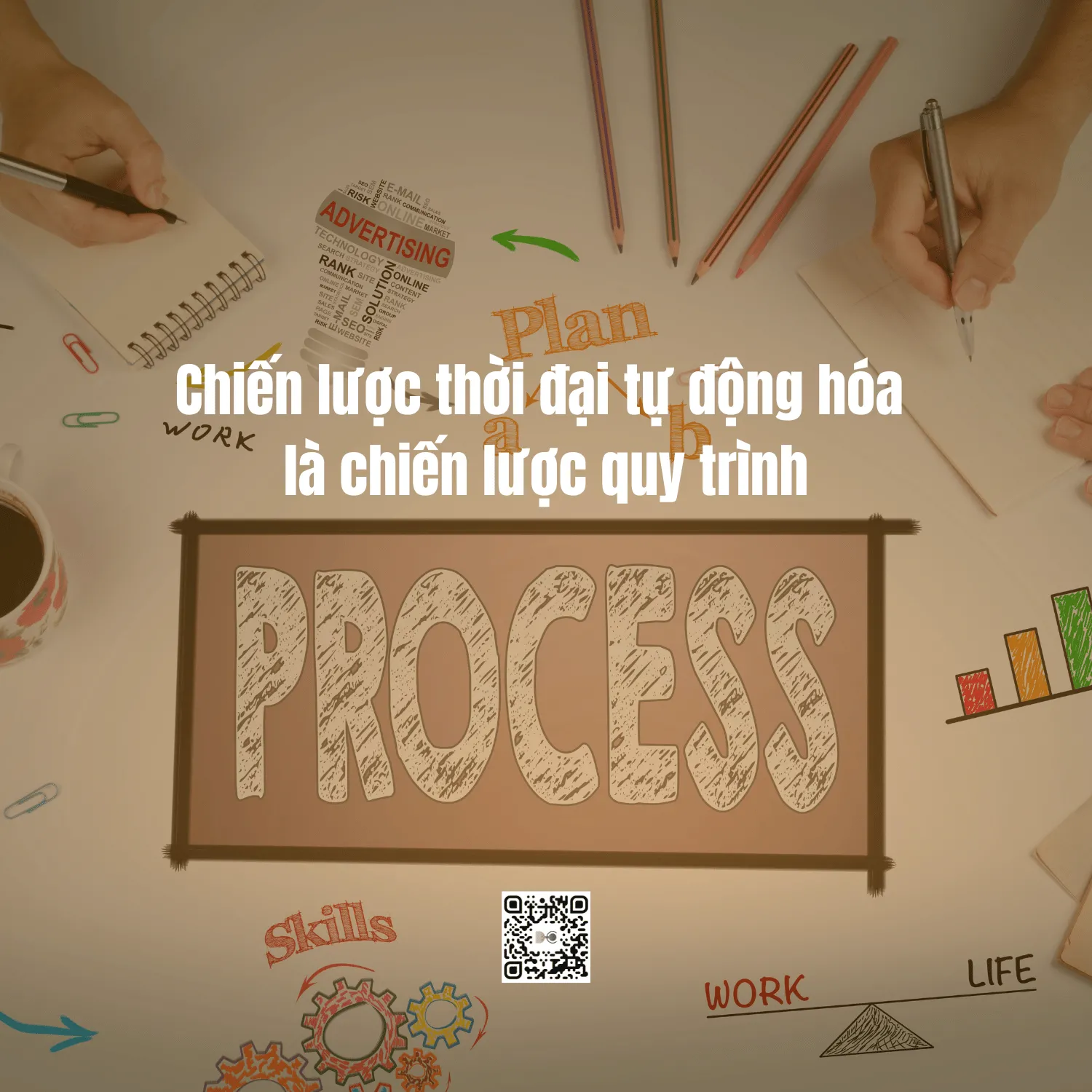In the past, companies talked about strategy in terms of vision, products, and people. Today, they talk about processes. Not “procedural” processes, but living processes – powered by data, automated by AI, and linked throughout the value chain. This shift is redefining the core competencies of businesses: whoever controls the process, controls the strategy.
Strategy is no longer on paper – it’s in the data stream
In the industrial era, strategy was described in diagrams, plans, and reports. But as the world moves to a digital operating model, strategy is no longer static. It “lives” in management systems, ERP, CRM, in data streams circulating in real time.
Businesses must not only plan what to do, but also know what the data is saying – to make decisions faster, more accurately, and more flexibly.
A successful strategy is now measured not only by “leadership vision”, but by the smoothness of information flow and the ability of digital processes to react immediately.
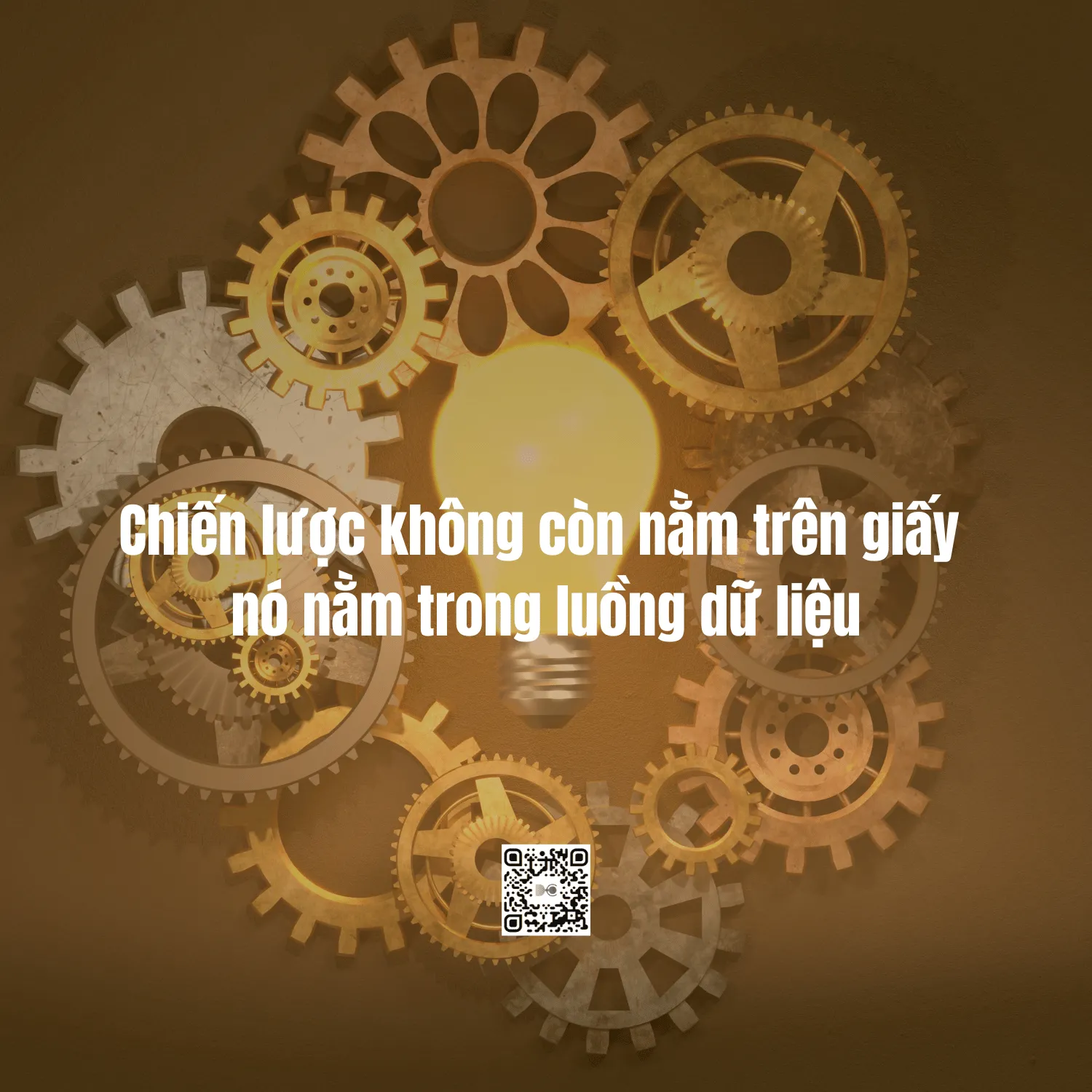
Process – where strategy is executed and reflected
Many businesses write very good strategies, but fail to implement them.
The problem is not the vision, but the “bottleneck” of the process.
When the workflow is interrupted, data is not updated, or information does not reach the right people, the strategy will be distorted.
In contrast, a digital and automated process helps businesses to synchronize strategic vision with actual actions.
The process is therefore not just an operational tool – but a part of the living strategy.
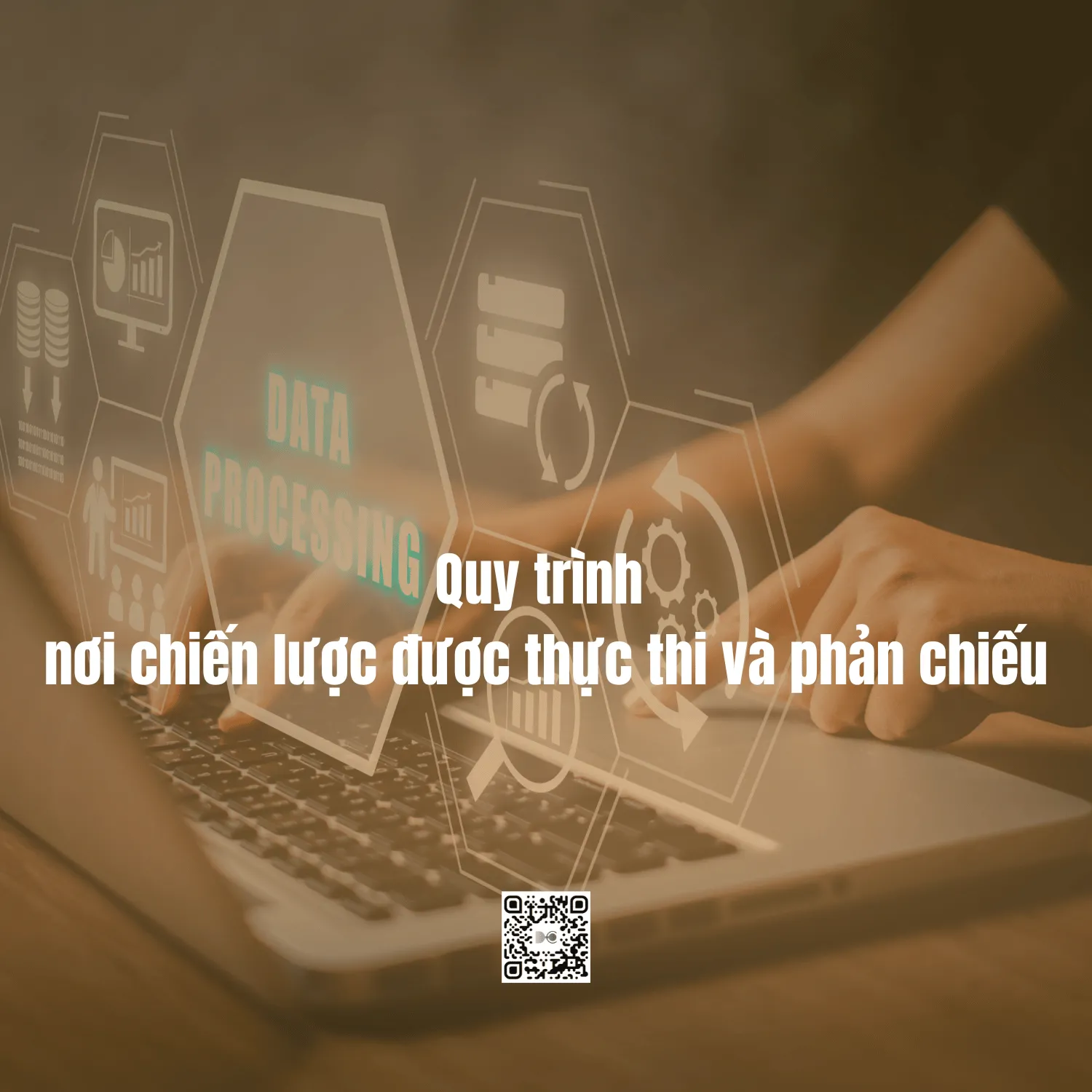
Automation – not to reduce staff, but to expand capacity
A common misconception when it comes to automation is that “automation is about saving on human resources costs”.
But in reality, automation is about how businesses duplicate their core competencies – so that each person can do more valuable work.
When AI and digital processes take over repetitive tasks, people are freed up to focus on innovation, critical thinking, and strategic decision-making.
A good automation organization does not “reduce people”, but rather elevates people to higher roles in the value chain – from doers to creators.
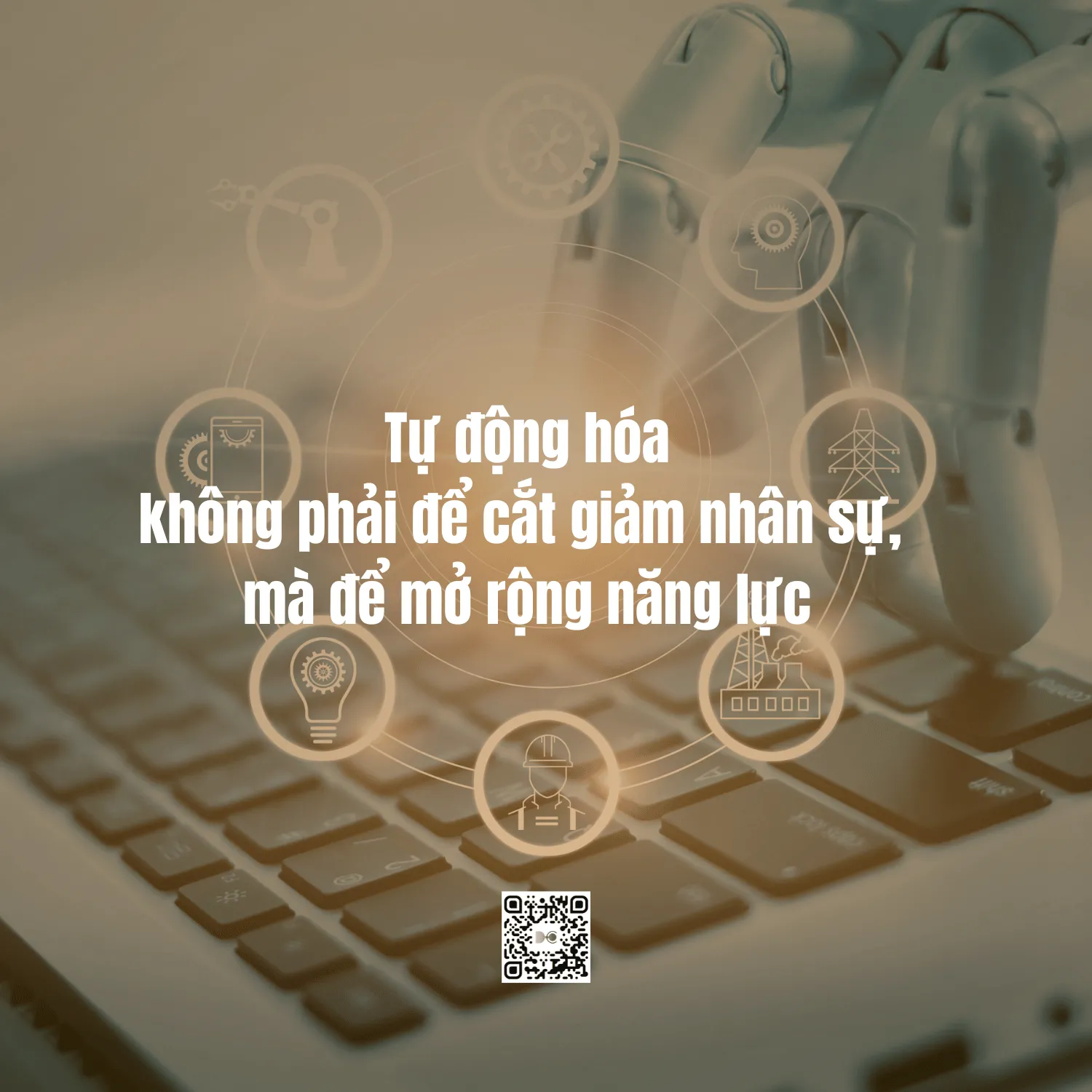
From the old management model to “process strategy”
In the old model, strategy was often divided by department – marketing had its own strategy, manufacturing had its own strategy, sales had its own strategy.
The result was that departments were left to their own devices, data was not coherent, and the overall strategy was fragmented.
In the new model, strategy is designed around a seamless process – from product idea to customer, from customer care to service improvement.
Every step is automatically recorded, measured and analyzed.
Then, strategy does not need to be “run” by feeling, but self-adjusts according to real data – a form of strategy automation.
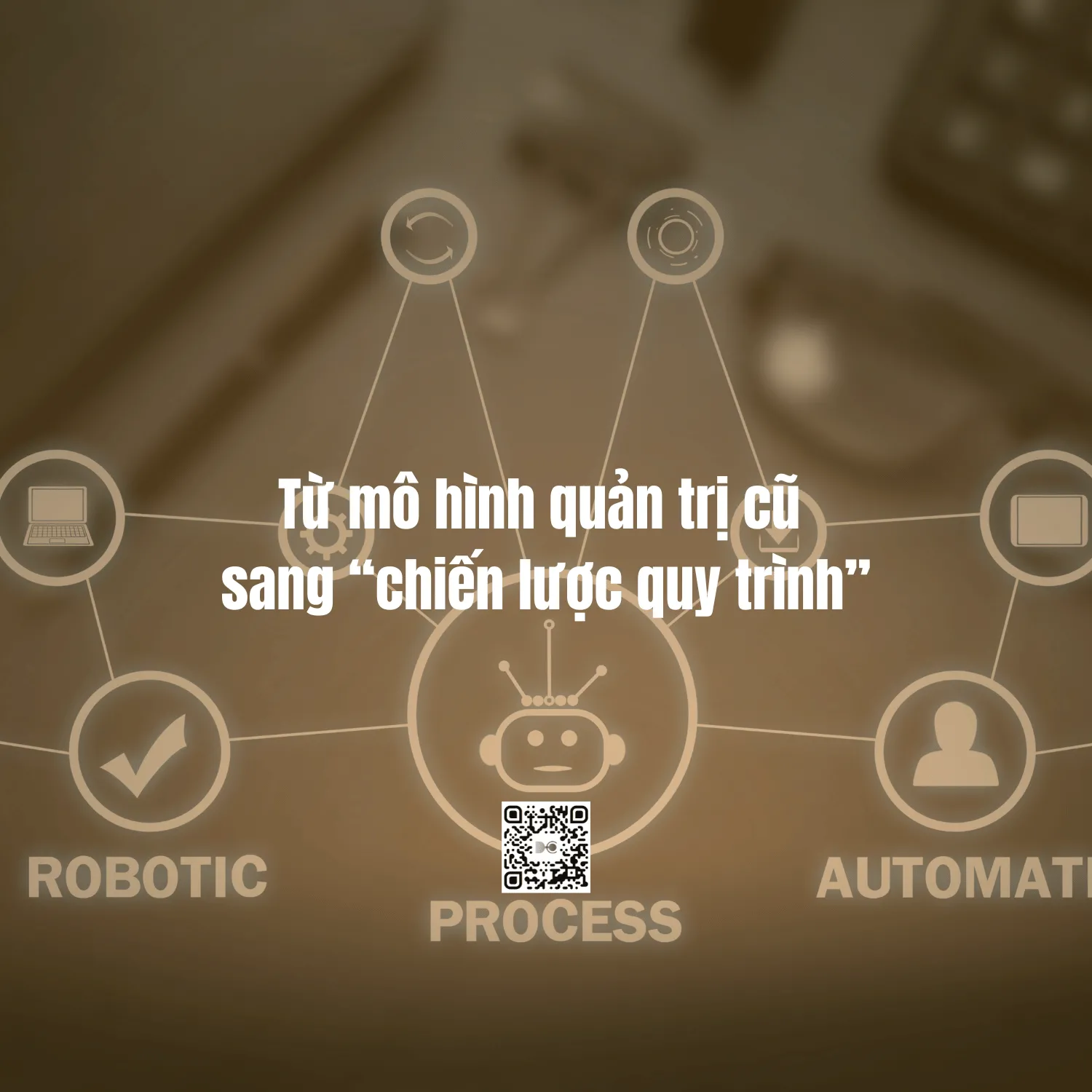
AI – the strategic brain of digital processes
If the process is the “body”, then AI is the “brain”.
AI not only executes commands, but also makes strategic suggestions based on behavioral data, predicts trends, and identifies anomalies.
In pioneering enterprises, AI is being used to:
- Analyze supply chain data to predict disruption risk.
- Evaluate process performance to recommend automated optimization.
- Personalize customer care strategies based on real-life behavior.
This makes strategies smarter, learning and adapting in real time – something that could previously only be done manually with human experience.

Digital Processes – Intangible Assets with Tangible Value
Like brands or patents, digital processes are also strategic assets.
A business with good processes will create a sustainable competitive advantage: fewer errors, faster, more reliable.
In many M&A deals, the value of internal processes – how the organization operates, processes data, and controls quality – is even valued higher than the product.
Therefore, businesses should not just ask “What can AI do?”, but “How is AI making my process more valuable?”
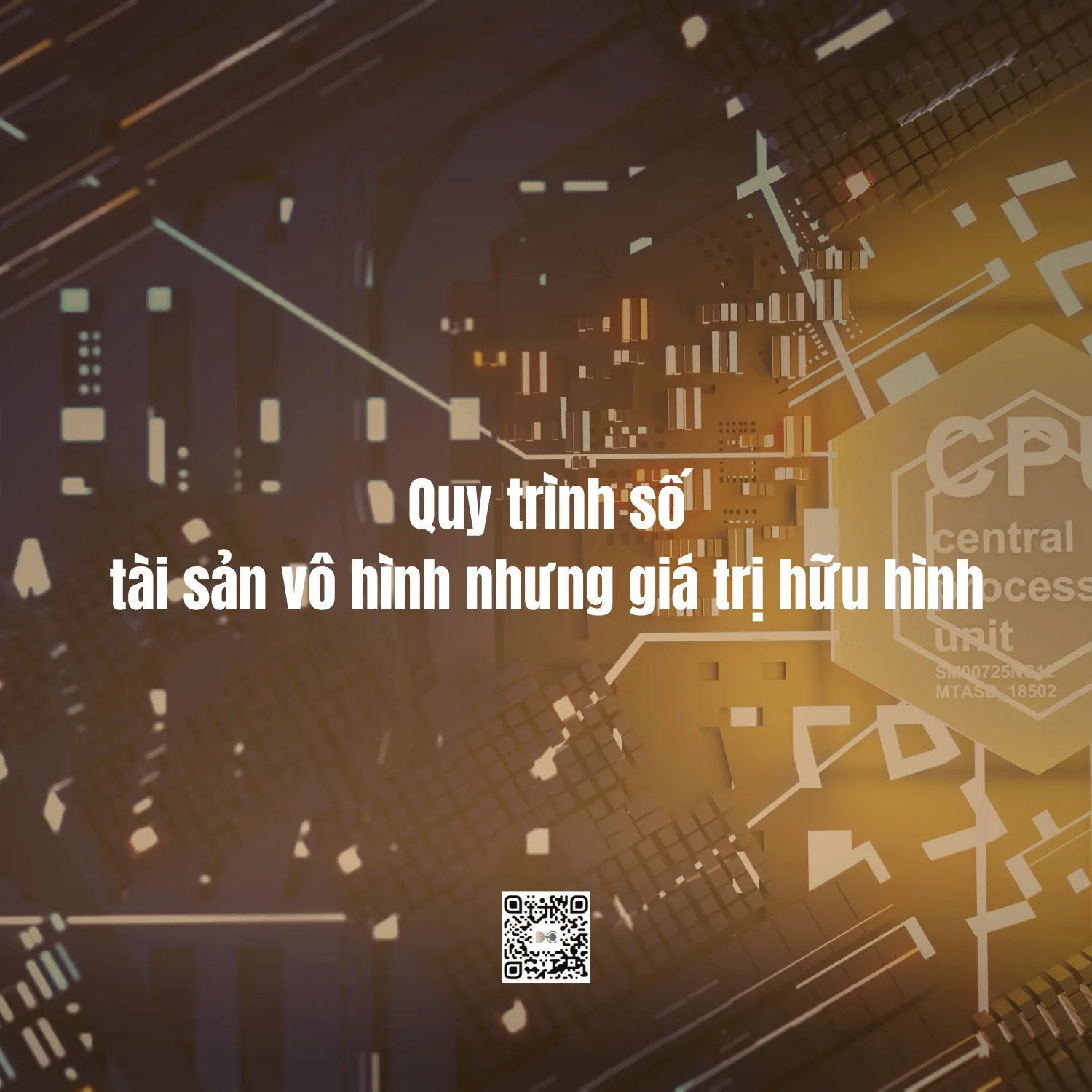
Strategy in the age of automation is process strategy
Strategy is no longer in PowerPoint files or 5-year plans.
It is in living processes, where people and technology operate in parallel.
Businesses that control the flow of data, automate processes, and coexist with AI – those businesses hold the strategic advantage of the future.
Automation is not just an operational tool, but the strategic foundation of the digital age.
